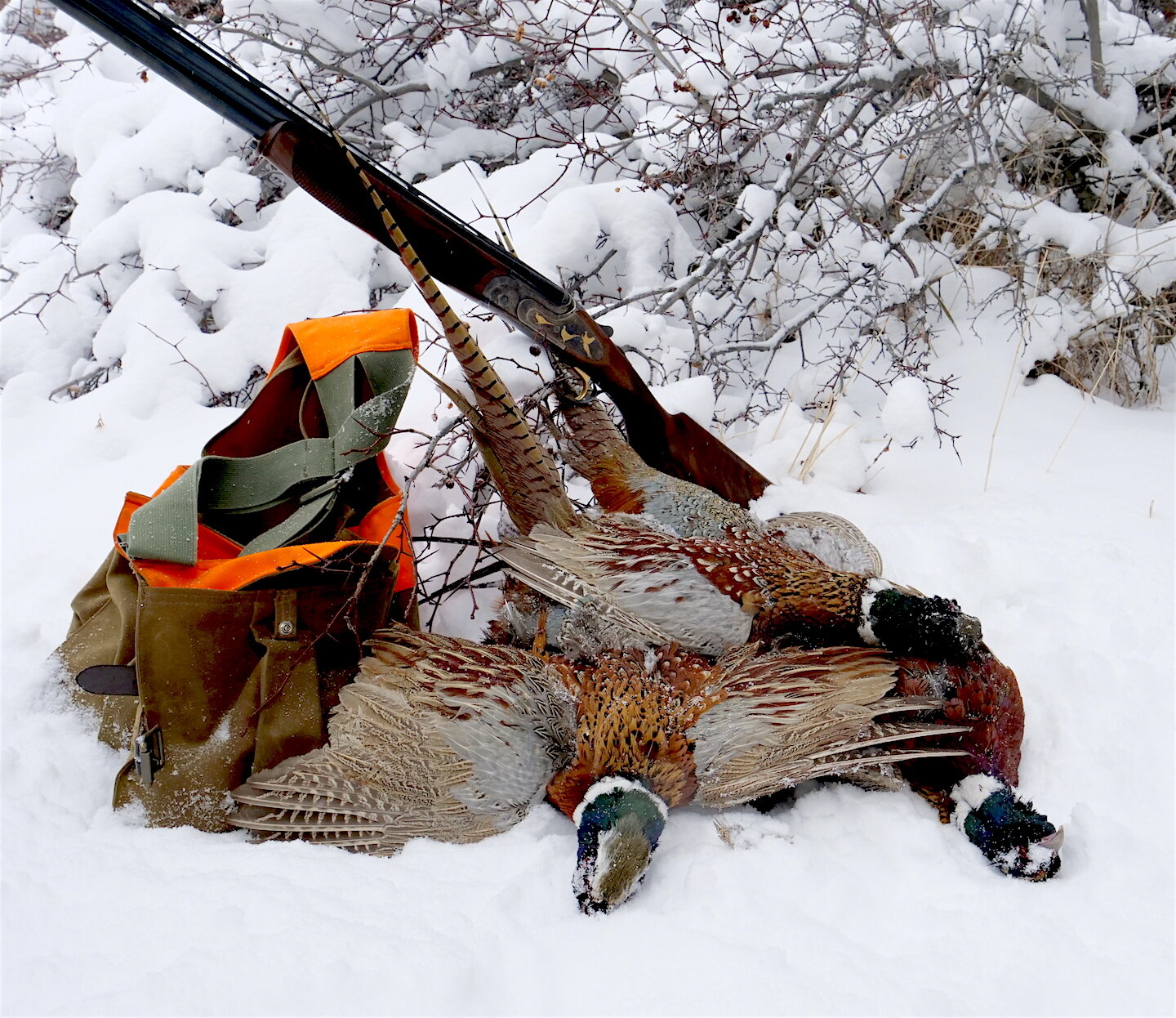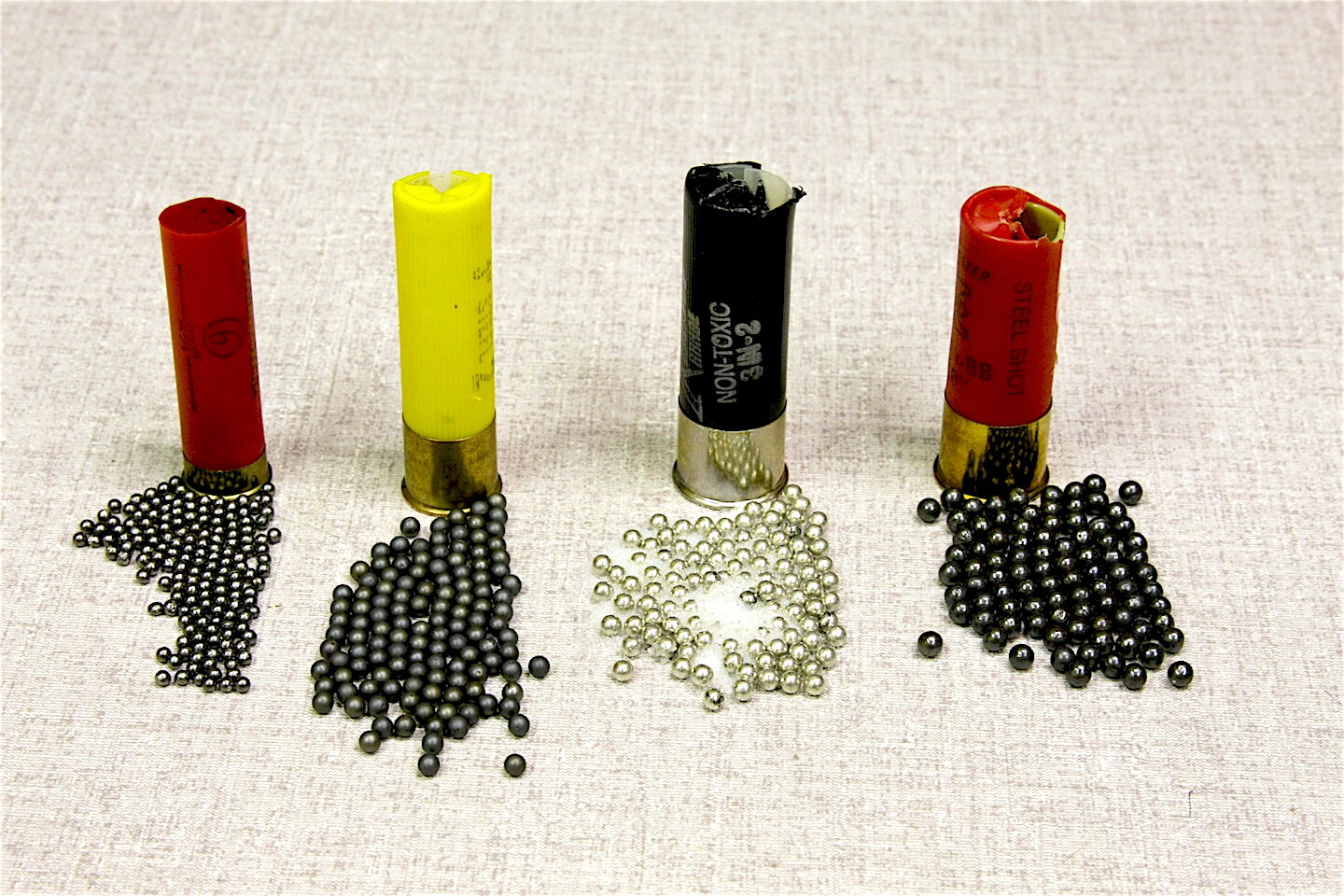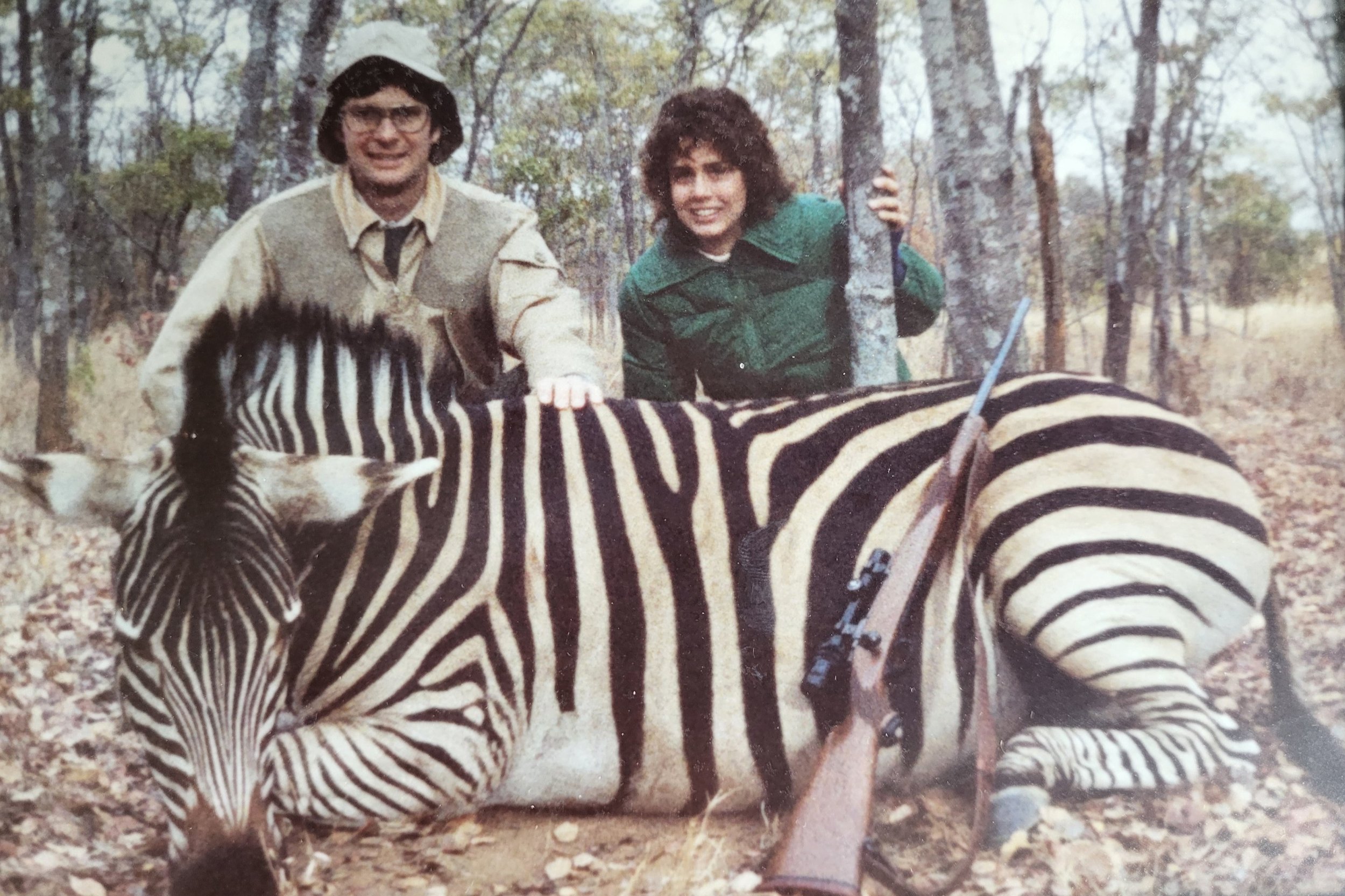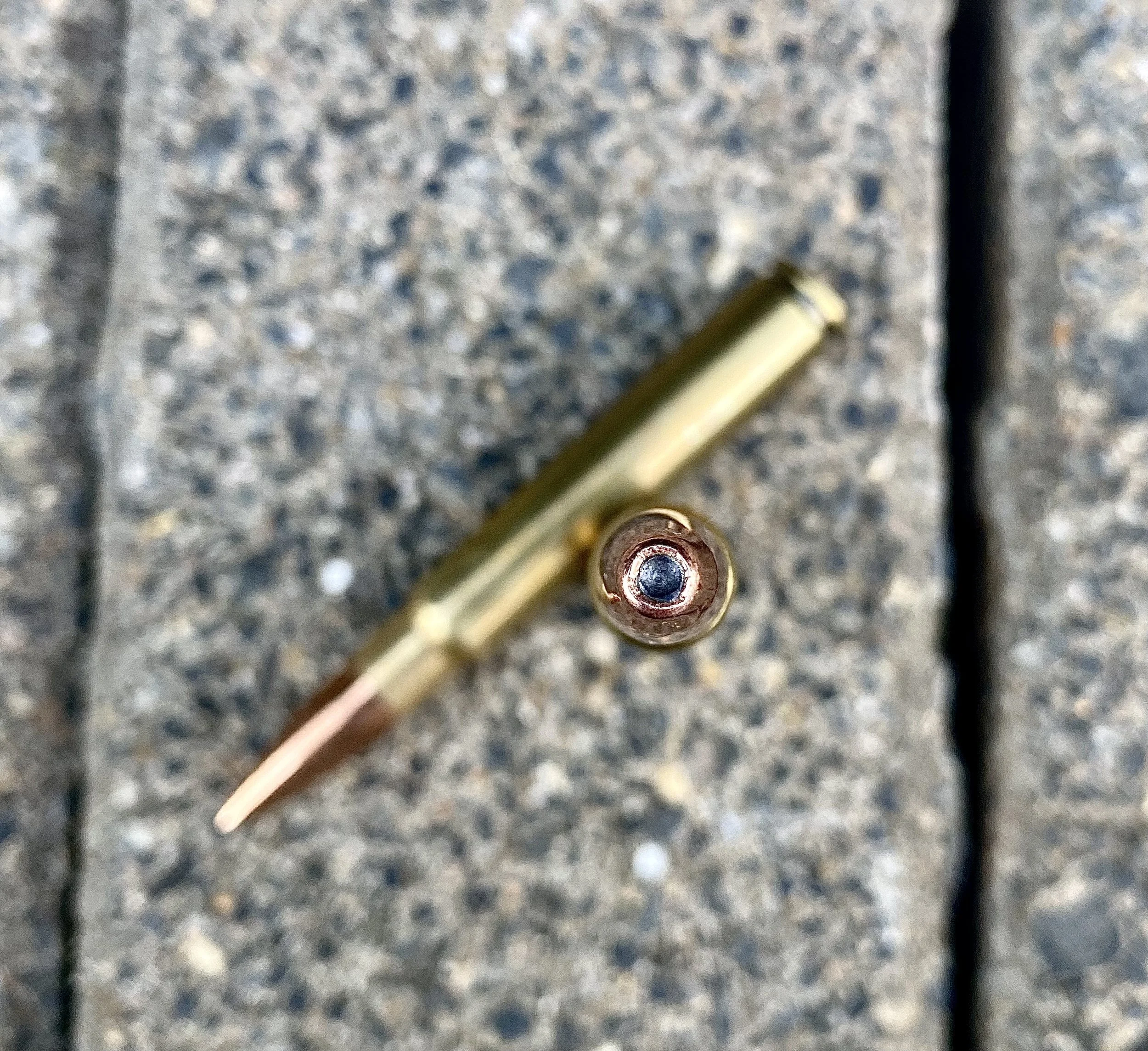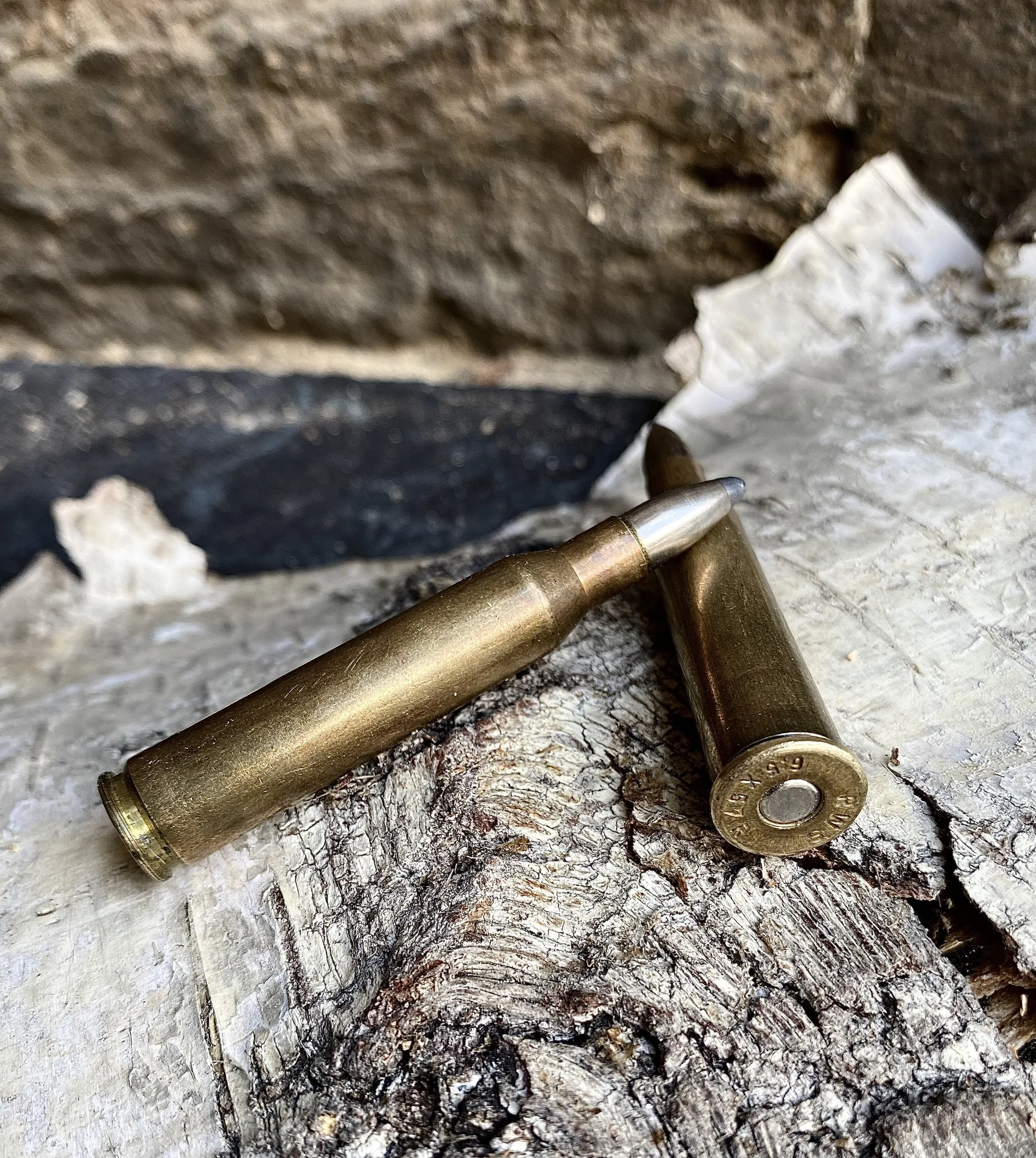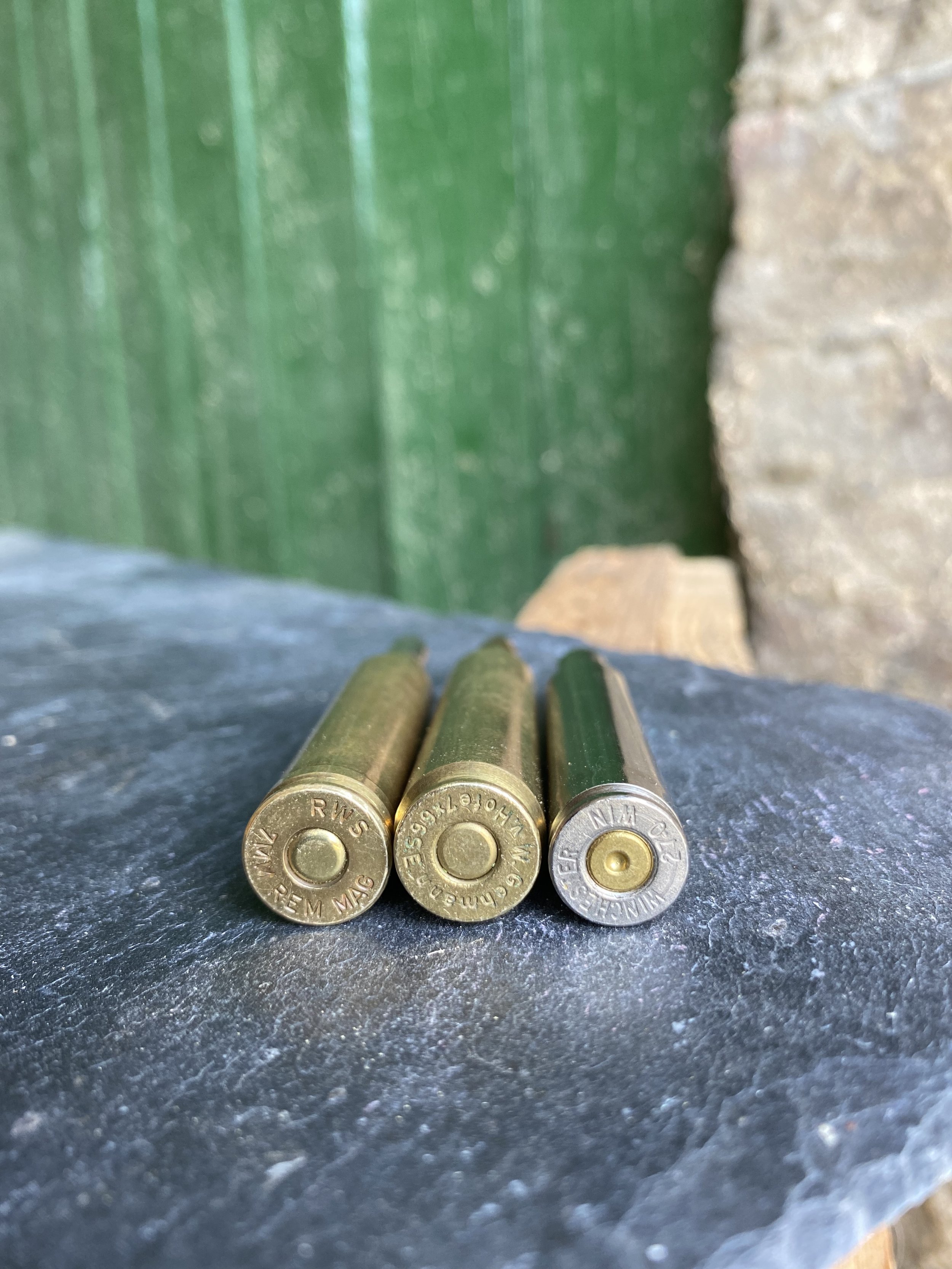Upland Bird Hunting: Save Your Season
No deer, elk, sheep, or pronghorn tags this year? Go upland bird hunting! You’ll save your season and refresh your soul.
Long Seasons
Inexpensive and easily obtained licenses
Lots of species and birds
Photo shows a mixed bag of sharptailed grouse, pheasants, and gray partridge, the product of upland bird hunting day afield.
Upland bird hunting in some places like South Dakota can put you into several species. Here are sharptailed grouse, gray partridge, and ringnecked pheasants.
Stress-Free Hunting and Lots of It
Upland bird hunting is — or should be — every hunter’s annual escape from the stresses of work, traffic, debts… But also the antidote to the big game hunting you’re missing because you couldn’t draw a tag!
Hunting is supposed to be a vacation from the complications of life. Trying to get a tag for most antlered and horned game these days is more work and stress than I need! So I’m going upland bird hunting.
Upland bird hunting points us to a lifetime of adventure.
Upland bird hunting points us to a lifetime of healthful interaction with the natural world we love. Long seasons, lots of hiking and discovery and action. And dogs!
Perfect World
In the World According to Spomer every hunter would be able to hunt sheep, moose, goats — whatever meat he or she desired. Because in the World According to Spomer there would be more game than hunters, more pristine, clean, healthful wild lands than cities and suburbs and industrial farms. Hunting would be more like what the Sioux, Kiowa, and Comanche did in 1800. Just go hunting!
Alas, the World According to Spomer is a pipe dream. And while it goes up in smoke, I grab a sweet swinging shotgun, whistle up Covey, and head for the birds. Because we can still hunt birds pretty much as freely as people hunted bison 400 years ago.
Yes, we’re talking pheasants. But also ruffed grouse. And woodcock. And bobwhite quail. And prairie chickens, sharptailed grouse, blue grouse, and sage grouse. But that’s not all. In this diverse, broad, wonderful continent we call North America, upland birds include valley quail, Mearn’s quail, scaled quail, Gambel’s quail, mountain quail, spruce grouse, ptarmigan, chukar partridge, and gray partridge. (Did I forget any?)
Photo shows three species of quail taken on one day of upland bird hunting.
Three species of quail bagged in one day of hunting in SE Arizona. Discovering diversity like this is part of the fun and adventure in upland bird hunting.
Bird seasons are usually long and limits fairly generous. You could probably hunt birds from early September through January. But you’ll need gear to do it.
Gearing Up for Upland Hunting
To hunt birds you need just five things: land, birds, shotgun, shells, license. Lets dive in and get started.
Land to Hunt
Image shows two upland bird hunters and dog in big, snowy landscape typical of upland bird hunting.
Upland bird hunting means land spreading out so far and wide. Keep Manhattan. Just give me that country side.
You have two options. Private farms, ranches, and timberland or public forests, grasslands, and wetlands. Finding these will be your biggest challenge. Just any corn or beanfield isn’t going to suffice. There has to be habitat for the birds, and that’s rare on most private lands these days. (Except in the Dakotas down through Texas and many points west.) Private farms benefit birds by providing grain, but this needs to be next to dense nesting and escape cover like permanent grasslands. That’s the missing part on many private acres. The “cleaner” the fields, the poorer the bird habitat. Nothing beats a “dirty” farm in which there are weeds, brush, and tall grasses that shelter birds next to yummy grain fields.
Public forests, grasslands, and sage-steppe are often missing sufficient food, sometimes cover if it’s been grazed too hard. And it often has been. An ideal situation is dense grass, brush or tree cover on public land that borders private fields of grain. In desert regions quail have evolved to prosper on native brush and cacti. No grains needed. Forest grouse are similar. They just need a good mix of forest habitat, deciduous trees and/or coniferous in various age classes.
Upland bird hunting can be done in forests like the one depicted in this photo.
Forest grouse and some quail can be hunted in beautiful autumn hardwood forests. Shotgun here is
Dog is English setter puppy from
Coat is the All Round Jacket from
. Autumn color by God. Thank you!
Finding Birds to Hunt
Find upland birds by researching state F&G websites. Most describe the species they harbor and roughly where they are found. Narrow your search by contacting biologist or game wardens in local areas. Weather can make or break annual bird numbers, but poor habitat is the biggest killer. Pheasants in the northeast/midwest and bobwhites in the SE have suffered massive population declines due to deteriorating habitat for decades.
Most Plains States have land access programs that open private lands to public hunting. Again, research the state’s F&G website. It should have detailed information on any open hunting lands such as Walk-In areas, CREP acres, State Wildlife Areas, etc. Much of the Dakotas and some of MN, NE, and IA have Waterfowl Production Areas with good grass habitat for upland birds. National Forests can be good for forest grouse, woodcock, or mountain quail.
A CREP sign marks a private field open to public upland bird hunting.
South Dakota's CREP program marks thousands of acres of private lands open to public hunting for pheasants, sharptails, Huns, and prairie chickens. Similar programs in many states provide places for upland bird hunting.
Upland Bird Guns for You
Here’s a topic for an entire book. And many have been published. You might consult one or two. But basically all you need is a shotgun that fits you (not too big or small) and — most importantly — aligns the barrel(s) under your dominant eye so they throw a spread of small pellets (shot) where you are looking. The gun could be a single-barrel, break-action single shot or a pump action, autoloading action, over-under, or side-by-side double. All can be deadly. Single-shots and pumps are least expensive. Autos usually kick the least. Doubles are usually trimmest and lightest for comfortable carrying as you hike and climb. It’s not unusual for dedicated bird hunters to hike 10 miles a day. This is half the fun. Covering ground, finding new coverts and secret concentrations of birds!
Shotguns are sized as gauges including 10 gauge, 12 gauge, 16 gauge, 20 gauge, 28 gauge, and 410, which isn’t really a gauge but a caliber. Forget the 410. The smaller the gauge number, the bigger the bore and shell. A 12 ga. bore diameter is .729”. That’s roughly 3/4 of an inch. The 12 gauge is the most versatile and ammo usually the least expensive due to volume sales. The 20 ga. is in second place and the one I recommend for most upland bird hunters. The 16 ga. and 28 ga. are uncommon and more expensive.
A variety of shotguns can be used for upland bird hunting. Autoloaders and over/under are shown here.
Perhaps the two most popular types of shotgun for upland hunting are autoloaders and over/unders. 12 ga., 20, ga, and 28 ga. Mossberg guns are shown here.
Getting All Choked Up
Most modern shotguns include interchangeable chokes. These are short tubes that screw into the muzzle. They squeeze the outgoing load of pellets into a tighter clump so they can travel farther downrange before spreading out too far to remain an effective pattern. If you buy a gun with a fixed choke, get an improved cylinder. Full choke and even modified choke are too tight for most upland bird work.
Try for a gun weighing 6- to 8-pounds at most. The heavier the gun, the less the felt recoil but the harder the carry. Don’t worry much about recoil. International trap and skeet shooters — including small framed teen boys and girls — fire hundreds of rounds each day in practice and none have had an arm knocked off. You can always shoot lighter loads if recoil becomes a problem. An ounce of #6s in a 12 gauge usually patterns beautifully. Recoil is a love tap.
Image shows shotgun barrel with extra choke tubes.
Short,
enable shotgun barrels to be adjusted to shoot adequate patterns of shot pellets at different ranges.
Ammo: The Basics of Shotshells
Upland bird shells fire clusters of fine, round pellets of lead or steel (soft iron, really) called shot. Some expensive shells use tungsten shot. Don’t fret over this. Relatively inexpensive lead or steel pellets more than suffice. Most upland birds are shot inside of 40 yards, and most are no more than 20 yards away when hit. Lead pellets are traditional and deadly, but can poison birds that eat spent pellets lying on the ground. This isn’t a huge problem in the uplands where tiny, heavy lead pellets sink out of sight, but conscientious hunters can just shoot the non-toxic steel pellets. They are hard and deadly at upland bird ranges.
A variety of shotshell boxes show the confusion of numbers that starting upland hunters can largely ignore.
Don't let all the numbers atop shotshell boxes confuse you. You mostly need to be concerned that you match the gauge to your gun and the shell length to that specified on the barrel. Shot sizes #8, #7.5, #6, and sometimes #5 or #4 are all you need.
Don’t let all the numbers on shell boxes confuse you. Basically you want to be sure the shell length matches what your gun can handle. Many shotguns are chambered for shells 2 3/4” long or shorter, but quite a few are now opened to handle 3” or shorter. The longer the shell, the more shot it can hold. But this isn’t necessary for upland bird hunting. Light loads of small shot work just fine. Don’t fall for the magnum shell! Experienced bird hunters regularly smack birds with 3/4-ounce to 1 1/8-ounce payloads of small pellets.
Pellets or “shot” are sized by numbers that are as backward as gauge numbers. The bigger the number, the smaller the pellet size! So a #2 pellet is pretty big, suitable for geese. A #8 pellet is tiny, good for quail. Ideal for almost all upland birds is #7.5 (7 1/2) pellets or #6. Some like a #5 or #4 for pheasants and sage grouse.
Photo shows 28 ga., 20, ga. and 12 ga. shotshells cut open with their pellets lying before them.
Shot shells hold payloads of pellets that spread in a roughly circular pattern that grows increasingly wider down range until gaps are so wide birds can fit between them. The small #6 pellets by the red 28 ga. shell on the left are ideal for most upland birds. The larger pellets by the yellow 20 ga. shell and black and red 12 ga. shells are #2 and bigger than needed.
Boots and Saddles
You can hunt by horseback, but probably won’t. So forget the saddle. Concentrate on the boots. Running shoes can suffice, but they and your socks will fill with seeds, weeds, and stones. Get a tall boot with good ankle support.
You’ll also need a gear organizer and carrier like this Wildfowler upland vest with which to haul shells, snacks, gloves and dead birds. Get it in blaze orange for safety. You don't hide from upland birds; you roust them up. You want a blaze of color to grab the attention of any other hunters focused on a bird that might fly between you.
Tall leather boots walking in snowy leaves
with tall uppers give ankle support and keep debris out.
Bird Dogs Don’t Have Feathers
After your shotgun, a bird dog can be your most productive tool. But that’s a big investment in time. You might want to hunt "dogless" a season or two or with friends who have good dogs before you invest in one of your own. A good bird dog can make the difference between all the birds you can legally shoot and nothing! But a labrador, pointer, springer, setter, brittany... ?Figure you'll be a bird dog man or woman if you get serious about bird hunting. The dogs become half the fun.
Hunter watering dogs in the field.
A serious affair with upland bird hunting will probably lead to a dog. Or two. Dogs are fantastic bird finders and wonderful companions on any hunt.
A Quick Pheasant Hunt to Get Started
If you want to jump in with both feet, make a trip to South Dakota for pheasants. The middle of the state from, say Mitchell west to Presho and north to Aberdeen and south to Winner are the hotspots. But this is big business to locals. Most farmers charge for pheasant hunting. Many big preserves provide all services, guides, dogs, even rental guns. It’s not a bad idea to invest some $ to get started this way. You’ll get into birds quickly and learn the ropes. But, if you’re dedicated, persistent, and tough, you can do quite well on South Dakota's public hunting areas. There are literally thousands of them. Pound enough ground and you should get your birds. The SDGF&P website had lots of good information including maps showing public areas. This old blog of mine provides details for making a SD hunt.
Another option for upland bird hunting anywhere is to hunt with an experienced upland hunter, a local who really knows how to get into the action quickly. Many are reluctant to share their secrets, but if you can talk one into it, you'll learn quickly. There are dedicated chukar, quail, Pheasant, grouse, and even ptarmigan hunters out there. Google Pheasants Forever, Quail Forever, Ruffed Grouse Society to get involved in local chapters and meet like-minded hunters.
Pheasant flushing between two hunters.
Scattergun Lodge, a preserve in central South Dakota, provides an abundance of birds on relatively easy terrain, a great way to get your upland bird hunting feet wet.
Upland Bird Hunting Gives Lifelong Satisfaction
The best thing about upland bird hunting is the satisfaction you’ll get from this active, healthful, challenging outdoor activity. There isn’t the stress of big game hunting. No antler tines to count, not one-and-done shot, no convoluted application process for limited tags. Upland bird hunting is freedom. You get weeks of open hunting you can indulge at your whim. Dogs to train and love. And upland bird meat is delectable, organic, free-range, sustainable. The more hunters there are demanding upland game birds, the more habitat we’ll protect and the more upland birds we’ll maintain!
The author has been hunting upland birds since 1966 and has bagged every species in North America except for the exotic Himalayan snowcock and the high altitude whitetailed ptarmigan.
# # #


